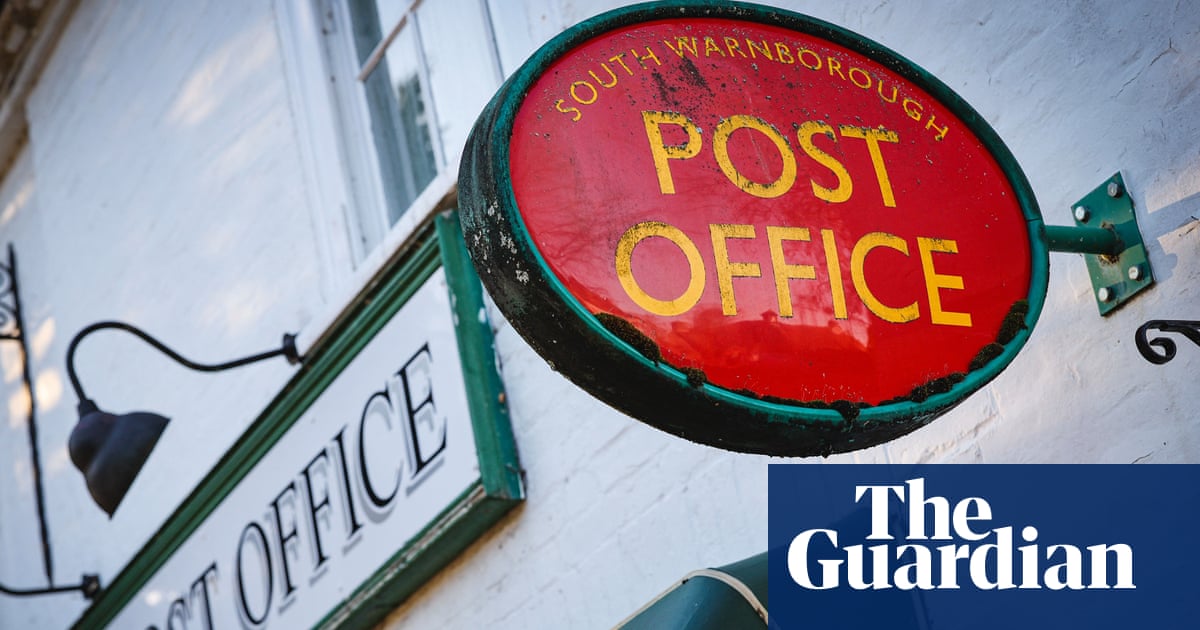
n the opening minutes of the film adaptation of The Bonfire of the Vanities, Bruce Willis’s journalist Peter Fallow arrives in an inebriated state to the launch of his new book. Through a glorious, unbroken tracking shot, Fallow indulges in the excesses of celebrity while being fawned over by the New York socialite and intellectual scene. His writing is said to be as vital to literature as Anna Karenina. Once a washed-up has-been, Fallow is now admired by those who detested him. If only the same could be said for Brian De Palma’s film.
Tom Wolfe published the novel The Bonfire of the Vanities in 1987. In it, smarmy Wall Street bond trader Sherman McCoy becomes lost in the Bronx during a rendezvous with his mistress, Maria Ruskin, and runs over a young African American called Henry Lamb. Lamb falls into a coma and his misfortune is taken advantage of by Fallow and Reverend Bacon, a black religious and political figure, who use the Lamb case for their own gain. As a result, McCoy is engulfedin a legal battle that threatens to destroy his livelihood.
The novel became identified with the greed and overindulgence of the 1980s. It was called racist for the way it depicted key political figures in the black community as opportunistic; yet it was described as Dickensian by its supporters for its wide-ranging critique of New York life. Manhattan was the symbol of ostentatious wealth, whereas the Bronx was considered a dystopian warzone. Julie Salamon, a former film critic for the Wall Street Journal who wrote The Devil’s Candy, an incendiary exposé of the making of the film adaptation, described the city of the time as an “incredible mix of very glitzy and fancy, and then very grubby”.
Though Hollywood was cautious about the controversy surrounding Wolfe’s novel, its success showed there was a market for a Wall Street satire. Warner Bros promptly secured the rights and hired De Palma to direct.
To some, De Palma was not the obvious film-maker for this material. He had previously made gruesome works such as Dressed to Kill, Scarface and Carrie, and Bonfire did not seem like a natural fit. But after suffering a major financial blow from the failure of his previous film, the Vietnam war drama Casualties of War, De Palma needed a hit. And after the success of Wolfe’s novel, the film seemed to be a guaranteed money-maker.
A big problem for the studio was that the novel lacked any sort of likable or sympathetic character. Wolfe’s book was deliberately cynical, examining the various institutions of New York with disdain. If there was one actor that didn’t appear to have an ounce of cynicism, it was Tom Hanks. And so the producers decided to do the unthinkable. They tried to make Sherman McCoy a likable protagonist, and gave the role to Hanks. Equally odd was the casting of Bruce Willis as Fallow. Willis, fresh from the success of Die Hard, wanted to diversify his career away from charismatic action heroes. Yet Fallow is written as a sleazy, scrawny Brit, a far cry from the chiselled all-American handsomeness of John McClane.
De Palma then did something that, in retrospect, would ensure the film’s notoriety – he allowed Salamon to document the film. Having worked as a financial reporter, Salamon had become the Wall Street Journal’s film critic in 1983. She had got to know De Palma and became friendly with him. “He was a kind of troublemaker, and he would plant me story ideas,” she remembers.
Though the crew were mostly aware of her on set, the studio didn’t know about Salamon until five months into production. When Salamon started asking difficult questions of Eric Schwab (Bonfire’s second unit director), he confronted De Palma; Schwab says De Palma told him to be honest. “He said to me: ‘This is going to be an honestly brutal thing of what you go through when you’re making a film, just tell her everything.’”
Salamon’s description of the film’s progress was unsparing. Production began in April 1990 and there was trouble from the beginning. The studio was worried that for a novel about racial politics, there is hardly one sympathetic black character. The studio told De Palma that the character of Judge Kovitsky had to be black instead of Jewish. (The judge was renamed White.) The concerns about racial representation even affected filming in the Bronx. Assistant director Chris Soldo remembered a local “somehow got through a perimeter and got right up to Brian De Palma’s face and started berating him for not having more black people represented on the crew”. (Soldo adds: “Probably a fair critique.”) Eggs and lightbulbs were thrown at the production from Bronx tenement rooftops.
There were further complications with the cast, as recorded by Salamon. As the production moved from New York to Los Angeles, Melanie Griffith got breast implants, a potential continuity nightmare. Hanks was a popular presence on the set, but Willis less so. At one stage, Salamon relates that he publicly challenged De Palma’s directorial authority, instructing his fellow actors how to play scenes. He also had a special assistant on hand to cover up his nascent bald spot with makeup, and asked De Palma to backlight him rather than wear a wig.
Despite the difficulties, once filming was over, everyone was convinced they had a hit on their hands, including the studio. Salamon recollected in The Devil’s Candy that one Warner Bros executive declared it as “the best movie we’ve ever made”. However, test screenings showed that the film wasn’t working with audiences and re-edits were made, including a change to the ending in which McCoy and Fallow have a swordfight. Despite the changes, Bonfire only made $15m at the US box office, well below its $47m budget.
The critics hated it. The Los Angeles Times called it “calamitous” and an “overstated, cartooned film for dullards”. The New York Times’ verdict was “gross” and “unfunny”. Rolling Stone thought it “achieves a consistency of ineptitude rare even in this era of over-inflated cinematic air bags”. Much of the critics’ ire was directed at the casting of Hanks and Willis. Schwab thinks that the negative response towards Hanks in particular was not simply because he was not Wolfe’s idea of Sherman McCoy. “Whenever I saw any reviews, I basically felt well, he is good in this role, even though you can’t accept it,” he says.
All of this came as a surprise. Salamon remembers that, despite the occasional tensions during production, no one ever thought the film was going to get the critical and commercial lambasting that it did.
Nor do Salamon or the crew I spoke to look back at the movie with bad memories. What became a notorious flop does not seem to have left any lingering resentment. It certainly didn’t ruin any careers, with Hanks and Willis going on to hit after hit in the succeeding years.
As for De Palma, he bounced back with successes like Carlito’s Way and Mission Impossible but never found Bonfire’s reception justified. In an 1992 interview with Charlie Rose, De Palma said: “You don’t think you have made a bad movie. I will say to this day, the way I made it is an interesting movie that I like. It is not Tom Wolfe’s Bonfire of the Vanities. The problem is that everyone that wrote about the movie, read the book.”
Soldo, for one, looks back on the experience of working with De Palma with fondness, saying that “there was a tremendous loyalty and a maintenance of a relationship between movies … if you were lucky enough to be one of those people, you got to participate in some really interesting and good work”. He adds: “De Palma’s always been kind of fearless about or seemingly immune to what people think about him or say about him.”
Salamon’s book was published in 1992, and, unlike the film, it was critically acclaimed and became a bestseller. However, she says it affected her ability to work as a critic; her stint in the post ended in 1994. “For me personally, writing about Bonfire really was the beginning of the end of my career as a film critic, because after … spending the time, day in and day out for almost a year watching this process, I found it harder and harder to write negative film reviews.
“I didn’t know it was going to end up becoming this huge, quote, unquote, flop that people were going to peg all the negative attributes of Hollywood film-making, I think unfairly, on its back. My favourite reviews of my book were the ones that said this isn’t a book about a big flop. This is a book about people who love their craft, who love their work, and were trying to do something great.”












